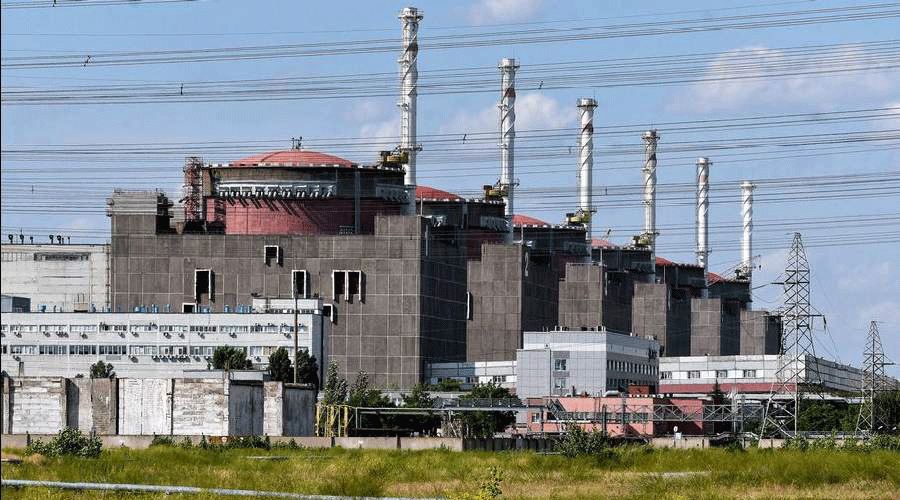Power has again been restored at the Zaporizhzhia nuclear facility in southern Ukraine, reducing worries about an accident at one of the war’s most sensitive sites, but the head of the UN atomic watchdog said late on Friday that the situation was still dangerous.
Rafael Mariano Grossi, the director-general of the International Atomic Energy Agency, said in a statement that, in a “much-needed development”, Ukrainian engineers who have been working at the plant under intense Russian pressure had managed to restore backup power at the plant, ending its reliance on diesel generators. Most nuclear power plants consider diesel generators a last line of defence to be used only in extreme circumstances.
It is the second time in recent days that shelling has cut power lines. The war marks the first time that a nuclear facility has become an active battle zone.
Russia has stationed troops and artillery at the plant since seizing it in March. Ukrainian authorities say the Russians have shelled nearby cities from the plant’s grounds, aware of the risk of returning fire. A waste storage site has been hit several times, and power lines have been a frequent target. Each side has blamed the other for the attacks.
“Working in very challenging conditions, operating staff at the Zaporizhzhia Nuclear Power Plant are doing everything they can to bolster its fragile off-site power situation,” Grossi said. “Restoring the backup power connection is a positive step in this regard, even though the overall nuclear safety and security situation remains precarious.”
The Zaporizhzhia plant is not providing electricity to Ukraine’s grid, given that its reactors are shut down, but it needs its own power source for safety reasons.
Workers have been wrestling for weeks with how to provide that. Grossi said that work to restart one of the reactors would begin on Saturday in a process that would take several days. In addition, more diesel fuel has arrived, from both the Ukrainian and Russian sides of the front line to power Zaporizhzhia’s generators for at least 10 days should the plant again be cut off, he said.
New York Times News Service












